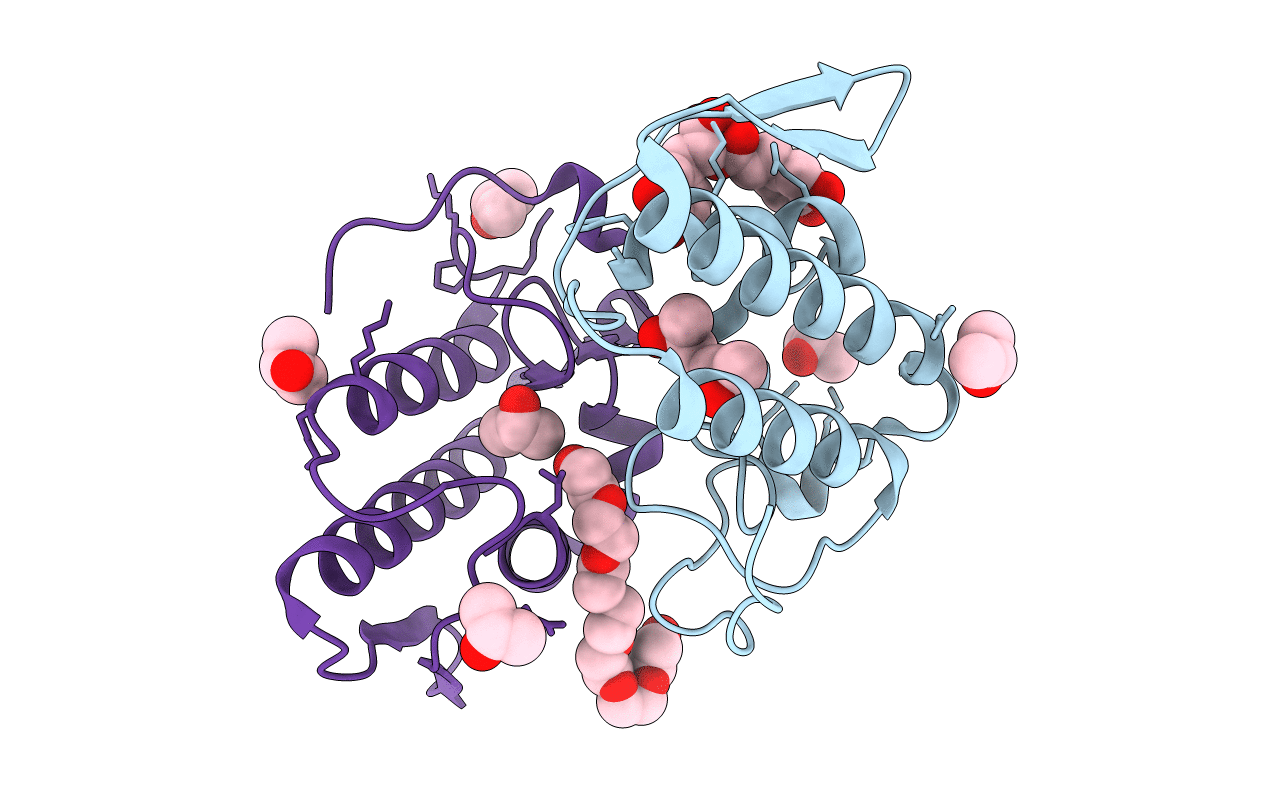
Deposition Date
2011-02-08
Release Date
2012-02-29
Last Version Date
2024-10-30
Method Details:
Experimental Method:
Resolution:
1.77 Å
R-Value Free:
0.21
R-Value Work:
0.15
R-Value Observed:
0.16
Space Group:
P 21 21 21


